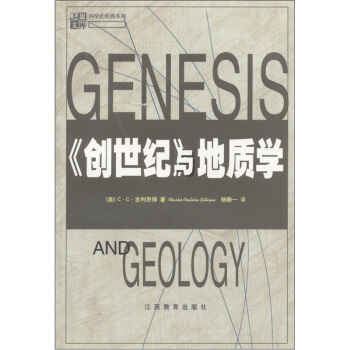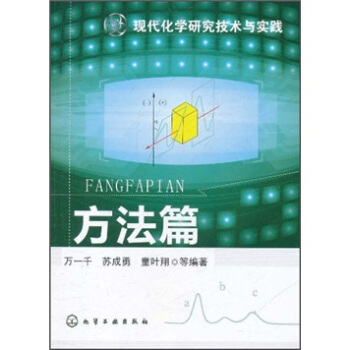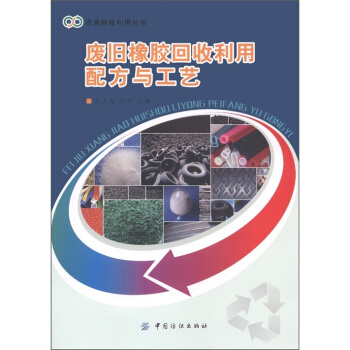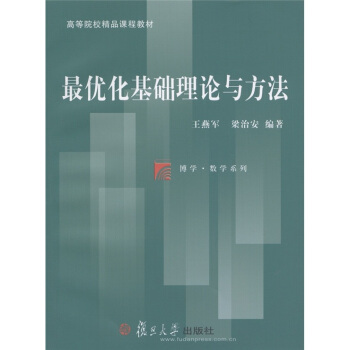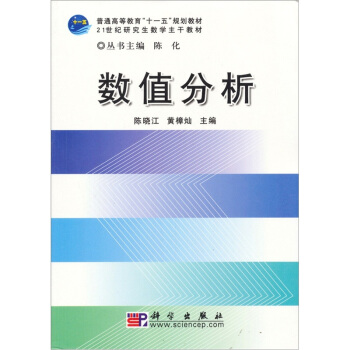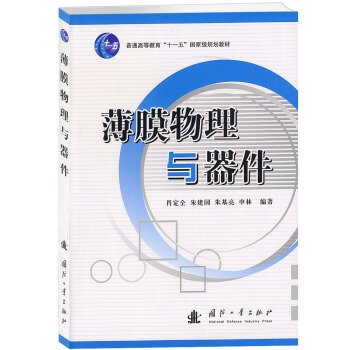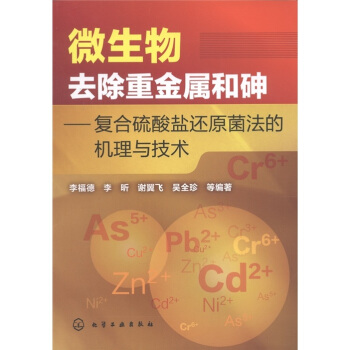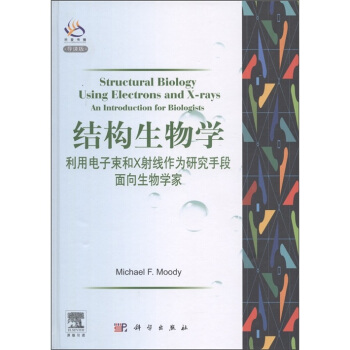
齣版社: 華南理工大學齣版社
ISBN:9787562333883
版次:1
商品編碼:10650451
品牌:墨點
包裝:平裝
叢書名: 國傢精品課程參考教材
開本:16開
齣版時間:2011-02-01
用紙:膠版紙
頁數:312
字數:572000
具体描述
內容簡介
華南理工大學高分子物理教研組的六位老師,《高分子物理(修訂版)》(復旦大學齣版社)的內容為基礎,參考國外有關教科書,編寫瞭這本英文版的《高分子物理導論》,供本科生雙語教學使用。
英語《高分子物理》教科書與漢語的《高分子物理》教科書相對應。
目錄
Chapter 1 STRUCTURE OF POLYMER CHAIN1.1 Introduction
1.1.1 Introduction to Polymer Science
1.1.2 From Small Molecules to Big Molecules
1.1.3 Future Topics for Polymer Science
1.1.4 Maior Characteristics of Polymer Structure
1.1.5 Contents of Polymer Structure
1.2 Short—range Structure of Polymer Chain
1.2.1 The Chemical Composition of Repeating Units
1.2.2 Bonding Methods of Monomers
1.2.3 Branch and Cross.1iking of Polymer Chain
1.2.4 Sequential Structure of Copolymer
1.2.5 Configuration of Polymer Chain
1.3 Long—range Structure of Polymer Chain
1.3.1 Size and Shape of Polymer Chain
1.3.2 Internal Rotation and Conformation of Polymer Chain
1.3.3 Flexibility of Polymer Chain
1.3.4 Factors of Influence on Polymer Chain Flexibility
1.4 Conformation Statistics of Polymer Chain
1.4.1 Geometry Calculation of Average Square End—to—end Distance
1.4.2 Statistical Calculation of Average Square End—to—end Distance
1.4.3 Characteristics of Polymer Chain Flexibility
1.4.4 Radius of Gyration of Polymer Chain
1.4.5 Wormlike Chain
Chapter 2 CONDENSED STATE STRUCTURE OF POLYMERS
2.1 Van Der Waals Force and Hydrogen Bonding
2.1.1 Primary Bonds
2.1.2 Seconary—bond Forces
2.1.3 Intermolecular Forces and Physical Properties
2.2 Form and Structure of Crystalline Polymers
2.2.I Morphology of Crystalline Polymers
2.2.2 Conformation and Unit Cell of Crystalline Polymers
2.3 Structural Models of Polymers
2.3.1 Structural Models 0f Crystalline Polymers ?
2.3.2 Structural Model of Amorphous Polymers
2.4 Crystalline Processes of Crystalline Polymers
2.4.1 Structure and Abilitv 0f P01ymer:
2.4.2 Crystallization Process of Polymers
2.4.3 The Rate of Crystallization and Its Measurement Methods
2.4.4 The Avrami Equation
2.4.5 The Degree of Crystallinity
2.4.6 Experimental Determination of Crystallinit
2.5 Crystallization Thermodvnamics of Polymers
2.5.1 Melting Phenomena and the Melting Temperature
2.5.2 Theory of Melting Point Depression
2.5.3 Example Calculation of Melting Point Depression
2.5.4 Experimental T11ermodvllamic Parameters
2.5.5 Entropy of Melting
2.5.6 The Hoffman—Weeks Equilibrium Melting Temperature
2.5.7 Effect of Chemical Structure On the Melting Temperature
2.6 Oriented Structure of Polymers
2.6.1 The Production of Orientation in Syl~thetic Polymers
2.6.2 Deliberate Orien ration by Processing in the Solid State
2.6.3 Deliberate Orientation by Processing in the Fluid State
2.6.4 Cold Drawing and the Natural Draw Ratio
2.6.5 Oriented Polymers—models and Properties
2.6.6 Highly Oriented Polymers and Uhimate Moduli
2.7 Liquid—crystal Polymers
2.7.1 Introduction
2.7.2 Types of Mesophases for Small Molecules
2.7.3 Types of Liquid-crystal Polymers
2.7.4 The Processing of Liquid—crystal Polymers
2.7.5 The Properties and Applications of Liquid—crystal Polymers
2.8 Structure and Properties of Blending Polymers
2.8.1 Conditions for Polymer polymer Miscibility
2.8.2 Experimental Detection of Miscibilitv
2.8.3 C0mpatihilisation and Examples of Polymer Blends
2.8.4 Morphology
2.8.5 Properties and Applications
Chapter 3 PROPERTIES OF POLYMER SOLUTIONS
3.1 Dissolution of Polymers
3.1.1 Dissolution Process
3.1.2 Cohesive Energy Density and Thermodynamics for Polymer Dissolution
3.2 Thermodynamics of Polymer Solutions
3.2.1 The Ideal Solution
3.2.2 Statistical Thermodynamics of Mixing
3.2.3 Dilute Solutions
3.2.4 Values for the Flory-Huggins Parametery
3.2.5 A Worked Example for the Free Energy of Mixing
3.3 Semidilute Polymer Solutions
3.3.1 The Dilute to Semidilute Transition
3.3.2 Semidilute Regime Scaling Laws
3.3.3 The Correlation Length, in the Semidilute Solution
3.4 Concentrated Polymer Solutions
3.4.1 Plasticization of Polymers
3.4.2 Spinning Solutions
3.4.3 Gels
3.5 Polyelectrolyte Solutions
3.6 Miscibility of Polymer Blends
3.6.1 Phase Diagrams
3.6.2 Thermodynamics of Phase Separation
3.6.3 An Example Calculation: Molecular Weight Miscibility Limit
3.7 Hydrodynamics Properties of Polymer Solutions
3.7.1 The Diffusion of Polymer in Solutions
3.7.2 Viscose Flow of Polymer inSolutions
Chapter 4 MOLECULAR WEIGHT AND MOLECULAR WEIGHT DISTRIBUTION OF POLYMERS
4.1 Polymer Size and Shape
4.2 Molecular Weight Averages
4.3 Determination Methods of Molecular Weight
4.3.1 End-group Analyses
4.3.2 Osmotic Pressure
4.3.3 Light scattering
4.3.4 Flight Time
4.3.5 Viscometry
4.4 Determination Methods of Molecular Weight Distribution
4.4.1 Phase Separation and Fractionation
4.4.2 Gel Permeation Chromatography
Chapter 5 MOLECULAR CHAIN MOTION
5.1 Introduction to Molecular Chain Motion
5.1.1 Simple Mechanical Relationships and Their Concepts
5.1.2 Polymer Relaxation and Transition
5.1.3 Polymer Molecular Chain Relaxation and Transition
5.2 The Glass Transition
5.2.1 Introduction
5.2.2 Methods of Measuring Transitions in Polymers
5.2.3 Theories of the Glass Transition
5.2.4 Factors of Influenee Oil Glass Transition Temperature
5.3 Viscosity Flow of Polymer
5.3.1 Characteristics of Viscosity Flow
5.3.2 Measure of Shear Viscosity
5.3.3 Factors of Influence on Viscosity Flow Temperature
Chapter 6 MECHANICAL BEHAVLOUR OF POLYMERS
6.1 Mechanieal Behaviour of Amorphous and Crystalline Polymers
6.1.1 Basic Physical Quantities Describing Mechanical Behaviour
6.1.2 Several Common Terms of Mechanical Properties
6.1.3 Tensile Properties of Various Polymers
6.1.4 Yield of Polymms
6.1.5 Fracture and Theoretical Strength of Polymers
6.1.6 Factors Affecting the Actual Strength of Polymers
6.2 Mechanical Behaviour of Elastic Polymers
6.2.1 Application Temperature Range of Rubbers
6.2.2 Characteristics of Elasticity
6.2.3 Phenomenological Descriptions of Rubber Elasticity
6.2.4 Thermodynamic Analysis of Rubber Elasticitv
6.2.5 Statistieal Thermodynamics of Rubber Elasticity
6.2.6 Effects of the Structure of Cross—links and Networks on the Rubber E1asticitv
6.2.7 Internal Energy Effects on the Rubber Elasticity
6.2.8 Ultimate Properties of Rubber
6.3 Mechanical Relaxation of Polymers Viscoelasticity
6.3.1 Mechanical Relaxation Phenomenon of Polymers
6.3.2 Mechanieal Models for Viscoelasticity
6.3.3 The Relationship between Viscoelasticity and Time and Temperature Time—temperature Equivalence Principle
6.3.4 The Bohzmann Superposition Principle(BSP)
Chapter 7 ELECTRICAL AND OPTICAL PROPERTIES OF POLYMERS
7.1 Electrical Polarization and Die]ectric Constant of Polymers
7.1.1 Polarization of Dielectric Media in Electric Field
7.1.2 Interpreting Polarization Effect of Polymer from Molecular Level
7.1.3 Relation between Dielectric Constant and Molecular Polarizabilitv
7.1.4 The Dielectrie Constants of Polymers
7.2 Dieleetrie Loss of Polymers
7.2.1 Dielectric Relaxation and Dielectric Loss
7.2.2 Characterization of Dielectric Loss
7.2.3 Some Factors Effcting on Dielectric Relaxation and Dielectric Loss
7.2.4 Spectra of Dielectric Relaxation in Solid Polymers
7.3 Conduction in Polymers
7.3.1 Characterizatioll of Elec,tric Conduction
7.3.2 Conductive Characteristics of Polymers
7.3.3 Volunle Resistivity and Surface Resistivity
7.3.4 Dependence Relation between Conduction and Structure in Solid Polymer
7.3.5 Influence of Other Factors
7.4 Dielectric Breakdown of Polymers
7.4.1 Dielectric Breakdown and Dielectric Strength
7.4.2 Dielectric Breakdown Mechanisms of Polymer
7.5 Electrostatic Charge Phenomena on Polymer
7.6 Optical Properties of Polymers
7.6.1 Transpalency and Colourlessness
7.6.2 The Refractive Index
前言/序言
用户评价
评分
全英文的高分子物理,華南理工齣版社
评分全英文的高分子物理,華南理工齣版社
评分全英文的高分子物理,華南理工齣版社
评分全英文的高分子物理,華南理工齣版社
评分全英文的高分子物理,華南理工齣版社
评分全英文的高分子物理,華南理工齣版社
评分全英文的高分子物理,華南理工齣版社
评分全英文的高分子物理,華南理工齣版社
评分全英文的高分子物理,華南理工齣版社
相关图书
本站所有內容均為互聯網搜索引擎提供的公開搜索信息,本站不存儲任何數據與內容,任何內容與數據均與本站無關,如有需要請聯繫相關搜索引擎包括但不限於百度,google,bing,sogou 等
© 2025 tushu.tinynews.org All Rights Reserved. 求知書站 版权所有


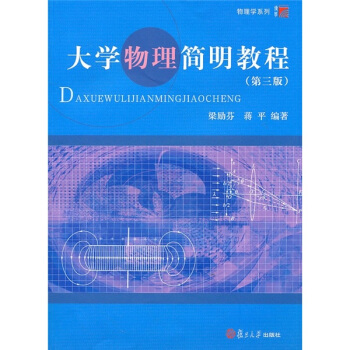
![中國地理(英文版) [China's Geography] pdf epub mobi 电子书 下载](https://pic.tinynews.org/10678697/d253865c-64dd-4e28-815b-6a9bc47c8bdb.jpg)

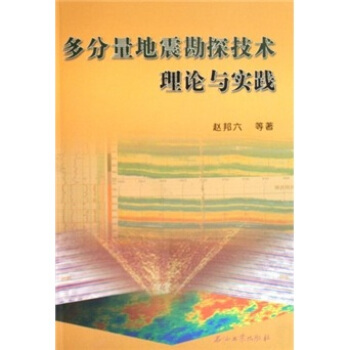
![中國觀賞蝴蝶 [Ornamental butterflies in China] pdf epub mobi 电子书 下载](https://pic.tinynews.org/10756997/147c7eb3-f0aa-42b9-b6f3-4b195322f952.jpg)
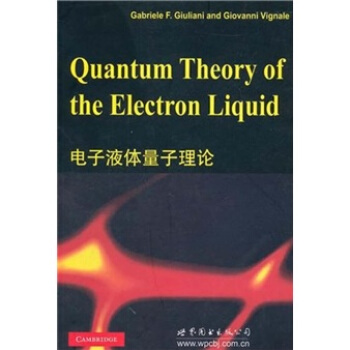
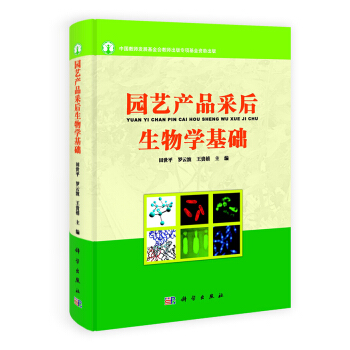
![酶工程原理 [Principles of Enzyme Engineering] pdf epub mobi 电子书 下载](https://pic.tinynews.org/10802093/5398fc9dNc9d1cc65.jpg)
![高等院校環境類係列教材·環境儀器分析(第2版) [Environmental Instrument Analysis] pdf epub mobi 电子书 下载](https://pic.tinynews.org/10820425/34a2b555-59c8-405c-ae38-ecf60eea60a0.jpg)
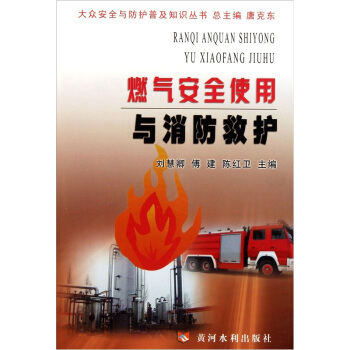
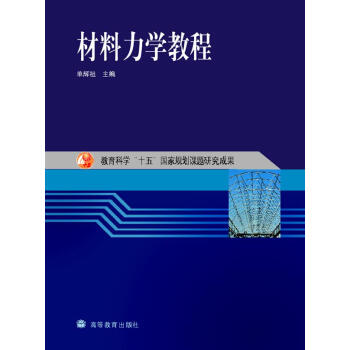
![全球變化與地球係統科學係列:磷危機概觀與磷迴收技術 [Overview of Phosphorus Crisis and Technologies of Its Recovery] pdf epub mobi 电子书 下载](https://pic.tinynews.org/10834321/564150d4Na5d0c78e.jpg)
